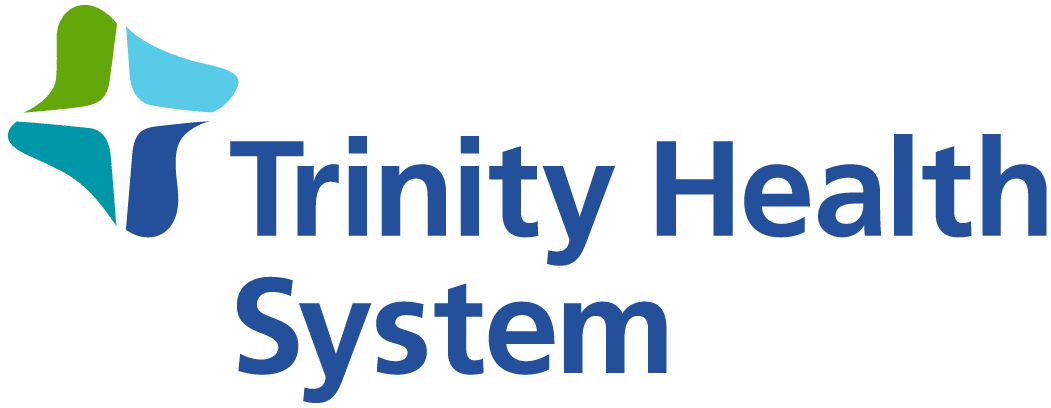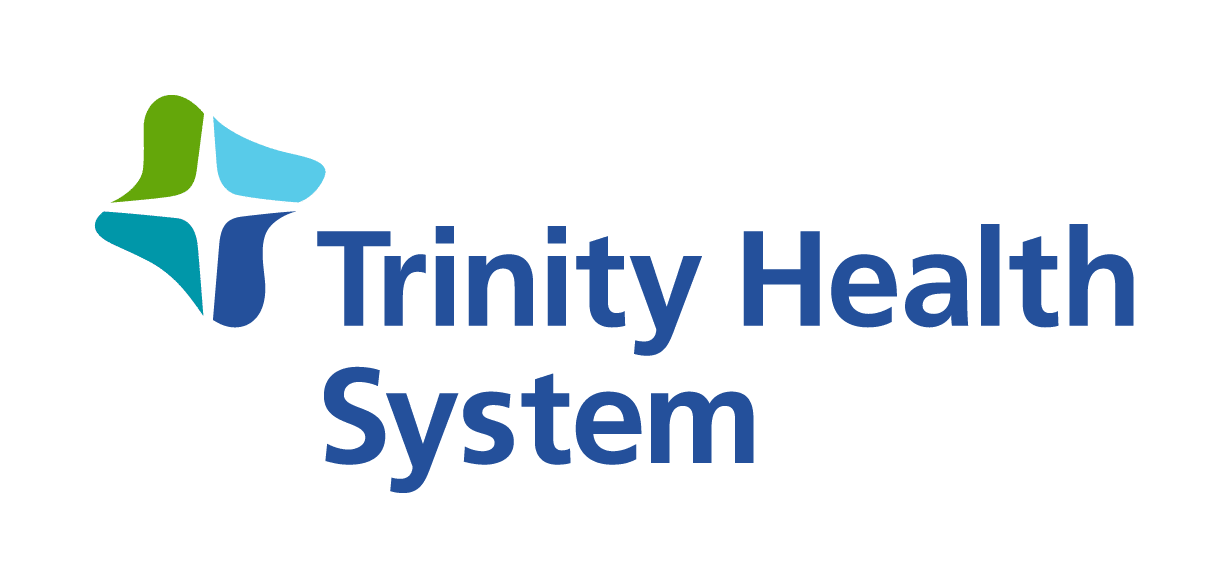Between reading labels, counting calories, and prepping meals, eating well can sometimes feel like a burden but can be rewarding once you get the hang of it. Healthier food choices and habits help you maintain a healthy weight and boost your energy and mood. A balanced diet can also help lower your risk for many health conditions.
Healthy eating habits are possible with time, planning, and discipline. There are things you can do to watch your portions and calories when eating out, shopping for groceries, or cooking. Try these four healthy eating hacks to get a jump start on positive eating habits that can last a lifetime:
- Eat a fiber-rich breakfast.
The biggest reason not to skip breakfast is the amount of fiber you can get from popular breakfast foods. For example, many types of cereal, oatmeal, avocados, and wheat toast are loaded with fiber and other essential nutrients your body needs. Read food labels to ensure you’re picking the healthiest option. Fiber also makes you feel fuller, keeps you regular, and even helps stabilize your blood sugar and lower your cholesterol. Despite its benefits, most miss the daily fiber goal–25 grams for women, 38 grams for men, or 14 grams per 1,000 calories. If your morning appetite is low, opt for avocado toast with apple or berry yogurt.
- Hit the frozen section.
Choosing frozen vegetables can be an affordable way to help you eat more veggies. Despite what many people think about them, they’re as nutritious as fresh veggies. You can get the same essential nutrients from frozen vegetables as long as you don’t mix them with extra ingredients. Check the label for only listed vegetables, avoiding packages with sauces or seasonings that may help you dodge extra sugar and calories.
If the taste, quality, and texture are important to you, consider choosing vegetables marked with a USDA “Grade A” shield. Foods with a “Grade A” rating meet specific federal quality standards, including color, texture, firmness, and overall appearance. Vegetables of this standard are more nutritious than those rated with grades B and C.
Frozen vegetables are convenient, last longer in your freezer, and can be sautéed, roasted, steamed, and grilled–just as you would cook fresh vegetables. Don’t forget them in your freezer, as they will deteriorate after months. The key is to eat them soon after purchasing them.
- Change your shopping habits.
Your eyes are usually bigger than your stomach when you’re starving. Therefore, going grocery shopping when hungry is not a good idea. Chances are you’d grab unhealthier choices or stock up on more than you need. Making a list is an excellent way to stick to the items you need and make healthier choices. Be sure to include fruits, vegetables, whole grains, lean meats, and low-fat dairy products. Limit white rice, white bread, and condiments high in calories, like butter, mayonnaise, sour cream, cheese dips, and sauces.
- Skip the buffet line.
While enticing, “all you can eat” often leads to overeating and unhealthy choices. Monitor portion sizes and skip seconds and the buffet line. Remember, healthy eating starts with everyday habits you can follow long-term. Eating off smaller plates and sharing dessert, or better yet, choosing fruit instead, are simple habits you can try at home. When eating out, ask about the entrées’ size. If they’re too large, consider ordering an appetizer or side dish instead. You can also take half of your entree to go and eat it the next day for lunch or dinner. Remember, you don’t have to “clean your plate” each time. Eat only until you’re full and feel satisfied.
The bottom line.
Changing your eating habits may sound like a big undertaking, but it doesn’t have to be. With some planning, you can be on your way to a healthier you. The key is watching your portions and eating fiber and vegetables that make you feel fuller longer. Incorporate whole grains and limit starchy carbs like white rice, pasta, and bread. Contact your primary care provider for meal planning or nutrition questions.
Sources:
Your 50 Top Health Questions Answered (aarp.org)
Frozen Foods: Convenient and Nutritious (eatright.org)
Easy Ways to Boost Fiber in Your Daily Diet (eatright.org)
Fiber: How to Increase the Amount in Your Diet – familydoctor.org
Frozen Mixed Vegetables Grades and Standards | Agricultural Marketing Service (usda.gov)


